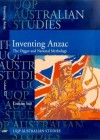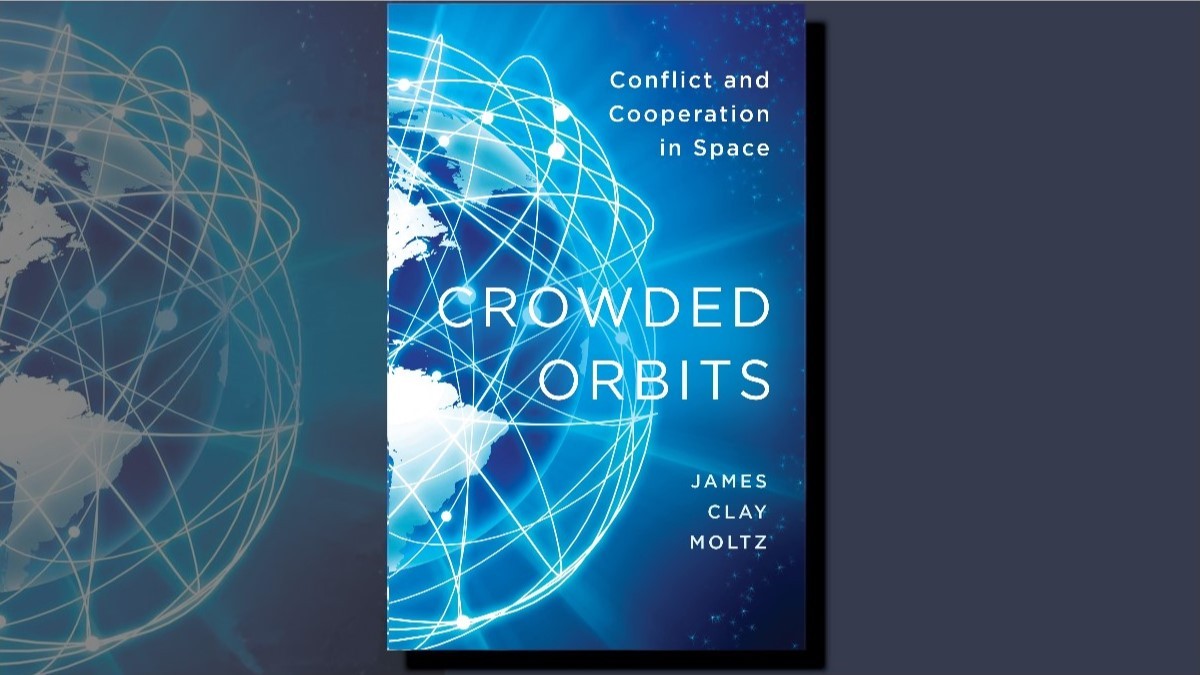Book Review - Inventing Anzac: The Digger and National Mythology
Inventing Anzac: The Digger and National Mythology
Written by: Graham Seal,
University of Queensland Press, Brisbane, 2004,
ISBN: 9780702234477, 232pp.
Reviewed by: Captain Lachlan Mead, Headquarters 1 Brigade, Robertson Barracks
In 1975 Paul Fussell opened what might be described as a new front in military studies with the publication of The Great War and Modern Memory. The book turned away from approaching World War I as a collection of grand campaigns directed by great generals, or as a clash of economies turning on production statistics. Instead, it focused on how the war was represented, understood and remembered by those who experienced it first-hand. By moving from Whitehall and General Headquarters to the trenches themselves, Fussell, a Professor of English Literature, stepped adroitly between disparate academic realms, presaging academe’s current interest in ‘interdisciplinarity’ and ‘cultural studies’ by quite some years. Many scholars subsequently followed Fussell’s lead, and any serious reading list on the Great War will include works with a Fussellian spirit, such as Modris Eckstein’s Rites of Spring, Jay Winter’s Sites of Memory, Sites of Meaning or Eric Leed’s No Man’s Land: Combat and Identity in World War I. Unsurprisingly, Australian academics have also adopted similar approaches to studying the experience of Australians in the Great War. Notable in this regard has been Bill Gammage’s The Broken Years, Peter Cochrane’s Simpson and the Donkey and Alistair Thompson’s Anzac Memories: Living with the Legend. Graham Seal’s Inventing Anzac: The Digger and National Mythology is the most recent addition to this distinguished genealogy.
In this book, Seal argues that the myths and legends associated with the ANZAC tradition constitute the single most important component of Australian identity and traces the processes by which they were established during World War I and taken up, modified and deployed by succeeding generations. Central to Seal’s interpretation of the ANZAC tradition is the idea that it is made up of two apparently antagonistic strands. The first might be loosely described as the ‘popular’ or ‘digger’ tradition of ANZAC. From an analysis of demotic sources such as trench newspapers and soldiers’ ‘yarns’ and songs, Seal argues that a strong sense of ‘digger’ character and identity emerged between 1914 and 1918 that bound the members of the AIF together. Seal sees ‘diggerness’ as involving a mix of what are, by today’s standards, a number of commendable and not-so-commendable qualities: laconic stoicism, mateship, black humour, egalitarianism, hostility to class, gender and ethnic outsiders (British officers and ‘gyppos’ being favourite targets for abuse), and larrikinism.
The second strand might be described as the ‘high’ or ‘official’ tradition of ANZAC. Seal examines more formal literary and historical sources and sees the development of an alternative, sanitised vision of the Australian soldier as athletic, courageous, patriotic and loyal to the Empire; this vision, of course, served the interests of the state. The ceremonies and practices associated with Anzac Day successfully fuse both these strands of ANZAC, with some elements, such as the Dawn Service, stressing the state-centred official version of ANZAC and others, such as two-up, celebrating the more relaxed and appealing digger tradition. For Seal it is the synergy between the formal and informal aspects of ANZAC that accounts for its enduring success and central role in Australian culture. It might be said that, in making these arguments, Seal traverses ground already fragmentarily covered in different areas by other scholars. Where Seal differs from them, however, is in the ambition and scope of his work. Seal offers an account of ANZAC that has its roots in the nationalism of the 1890s and extends through to the rededication of Anzac Cottage in suburban Perth as a war memorial in 1996. Along the way he integrates a variety of subjects into his narrative, such as the connection between C. E. W. Bean’s writings and the emergence of the ANZAC myth or the folkloric aspects of soldiers’ yarns, often treated in other scholarship, if at all, in isolation only.
Understandably, a sizeable portion of the book is concerned with the emergence of the ANZAC myth during World War I and its consolidation as tradition in the postwar years. However, the material devoted to the reiteration of ANZAC during World War II is much less substantial, and that to its further reiteration during the Vietnam War much less substantial still. One of Seal’s more interesting arguments is that the ANZAC tradition was refashioned over time in order to meet the needs of new generations of Australians. To illustrate this point, he shows how camp songs and ditties frequently carried over from one war to the next remain intact in most cases, or with the words somewhat altered (for example, ‘Bye, Bye Buna’, popular during World War II, became ‘Bye, Bye Pucka’ for the diggers of the 1960s). Unfortunately, the paucity of material on the more recent manifestations of ANZAC, particularly the contemporary resurgence of its popularity among the young flag-draped pilgrims to Gallipoli, prevents Seal from exploring this idea as fully as it deserves to be.
Inventing Anzac is written crisply, and Seal avoids the trap of over-academising his prose. While he uses terms such as myth, tradition and legend in carefully particularised and informed ways, he never resorts to the type of ‘cultural-studies speak’ that renders much contemporary humanities scholarship impenetrable to all but those initiated in the most esoteric rites of modern theory. Furthermore, the author avoids, for the most part, the plodding, dogged meticulousness so necessary for a dissertation, but Mogadon in any writing aiming at a more general readership (a section tediously applying Alessandro Falassi’s theory of the festival to Anzac Day notwithstanding). On the contrary, Seal’s focus on digger folklore, yarns and songs punctuates the book with interesting and amusing detail that carries the reader along. For example, he enters the debate concerning the origin of the term ‘digger’ and recounts anecdotes such as the Australian soldier in Britain who, when asked how often he had leave back home, replied, ‘Once every war—at the end of it’.
With this book, Seal has effectively accomplished a rarity in contemporary scholarly writing: an academic work of cultural history that wears its theory lightly, and is both of interest and accessible to the general public. If the later chapters on the more recent manifestations of ANZAC are a little light on, then Seal has only done a service to other scholars by leaving room for the present-day relationship between Australian military culture and Australian society at large to be considered in greater detail.



